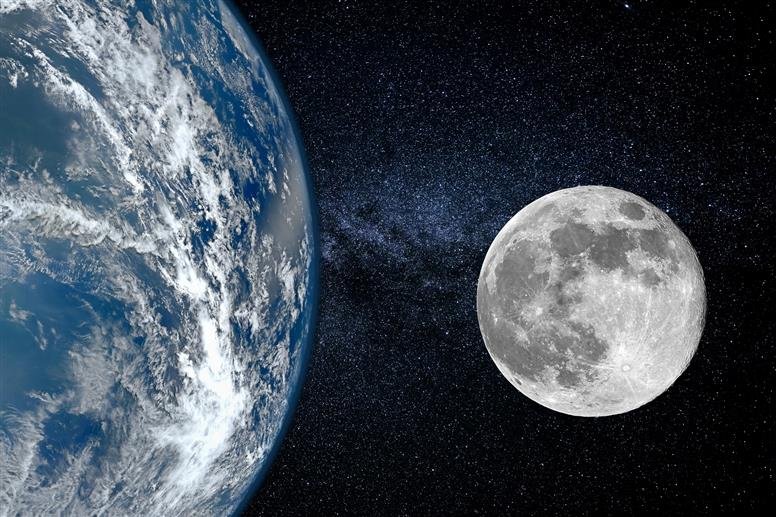Space exploration is in progress as much time and money is invested by humans for the development of different technologies. In such efforts, one is focusing on finding or producing oxygen on the moon.
Last month, the Space Agency of Australia and NASA signed an agreement to send a rover to the moon under the Artemis program which aimed at collecting lunar rocks that can provide enough oxygen on the moon. As the moon’s atmosphere is very thin and contains mostly hydrogen, neon, and argon. Such a mixture does not allow the availability of humans. Astronomers said there is oxygen on the moon in large quantities but not in gaseous form. And present inside a layer of rocks and dust from the moon’s surface, named as regolith.
Oxygen is also present in different minerals on earth. And the moon is also made up of the same rocks. Minerals like silica, aluminum, iron, and oxides of magnesium are in excess on the moon. All these minerals have oxygen but are not in gaseous form and thus the human body can’t access it.
Regolith on the moon contains almost 45 percent of oxygen. But that oxygen is tightly stuck in minerals as mentioned and thus extracting that oxygen energy is required. Also, the process of extraction of oxygen needs substantial industrial equipment. Firstly solid metal oxide needs to be converted into liquid form which can be done by applying heat or by combining heat with electrolytes. Such technology is present on earth but taking that to the moon in spacecraft requires a large amount of energy, which is a tough task.

Earlier this year Belgium based startup announced the development of three experimental reactors to enhance the process of making oxygen through electrolysis. They hoped to send this technology to the moon by 2025.
If the oxygen in regolith on the moon is considered only which is accessible easily we can estimate the quantity of oxygen. Each cubic meter of regolith has 1.4 tonnes of minerals on average with 630 kg of oxygen. As per NASA 800 gm of oxygen is needed by a single person in a day.
Thus 630 kg of oxygen would allow a person to live for two years. Now let’s say if the average depth of the regolith on the Moon is around 10 meters that we can extract it all easily. It means that it can provide enough oxygen to allow the survival of 8 billion people on earth for around one lakh years. This also depends on how well we extract oxygen and use it.
(With inputs from agencies)
